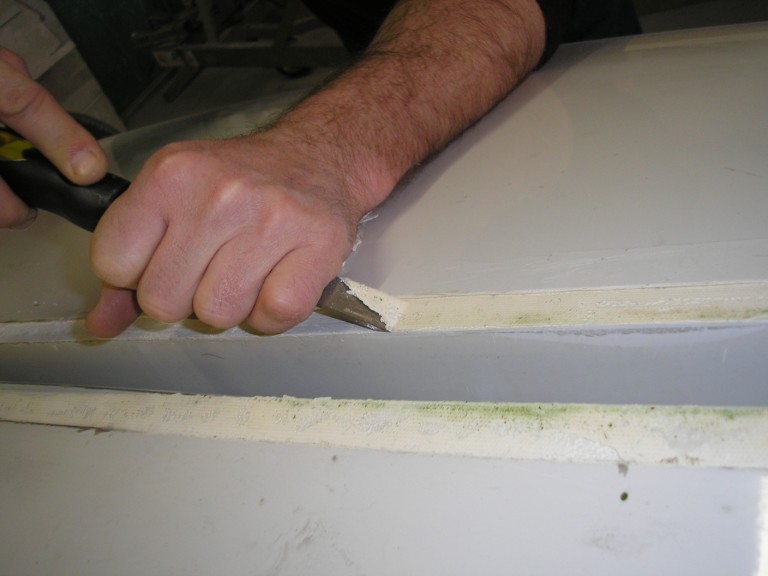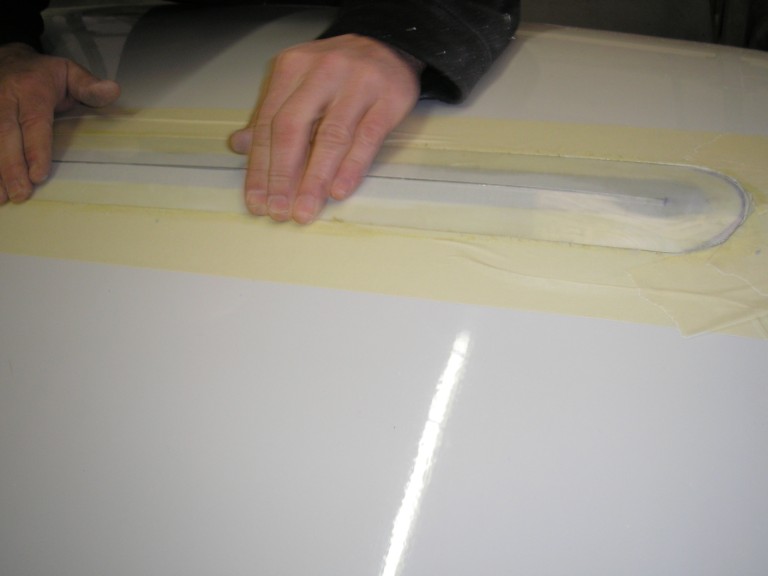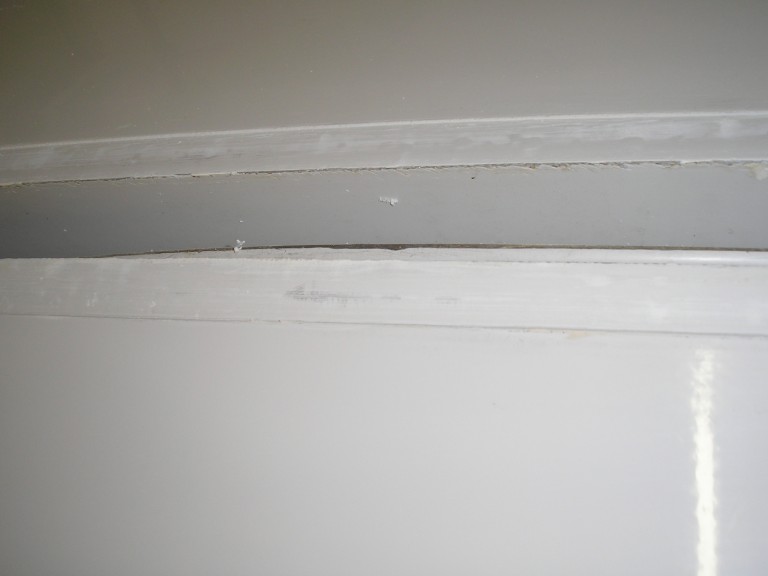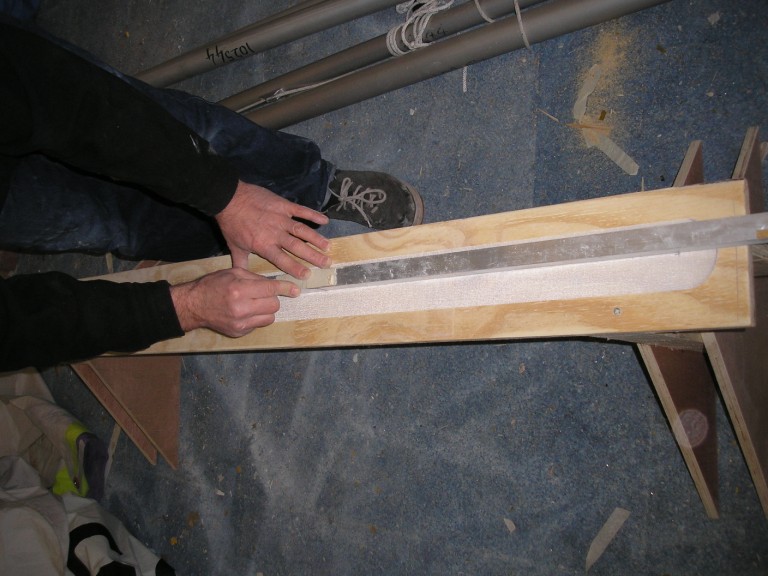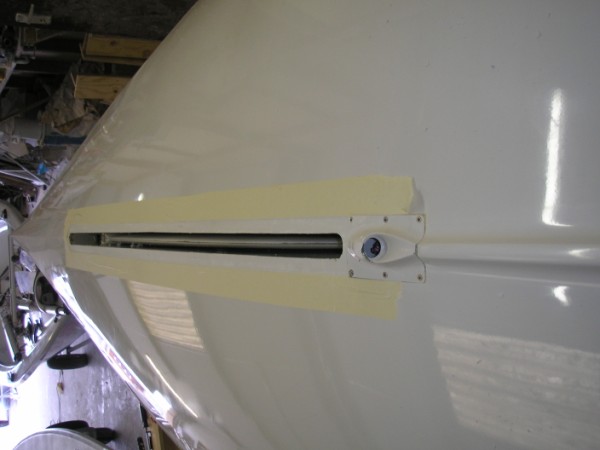Adding value for ALL RS sailors
- Sets the rules to give great one-design and handicap racing - enhancing resale values
- Organises websites, race reports, news, social media - keeping you informed
- Organises racing events with fantastic social scene - improving your Class’s popularity and value
- Organises training events - helping you get the most from your boat
- Liaises with the builder, RS Sailing - ensuring the quality and specification are what owners want
- Negotiates excellent discounts from the RS Sailing Store, including sail discounts, and many other companies
- Encourages new people to get involved - giving a better experience for everyone
Who is your Class Association?
- It is run by volunteer sailors with back-up by part time professional administrators
- The sailors make the plans and decisions - without having to do all the leg work
Please show support by joining your Class Association
- The cost is tiny compared to your benefits, working out at just £3.75 per month for Full Membership, £3 per month for Club Membership or £2.08 per month for Youth Membership
- By taking out International Class Association membership for one class, you will have reciprocal membership to the RS100, RS200, RS300, RS400, RS600, RS700, RS800, RS Vareo International and International RS500 Class Associations
- One event membership is available for all events except National and major championships, for use by those borrowing a boat, intending to only sail in one RS Class Association event etc. Click here.
Join Online
The Boat - technical
Pete Vincent, from West Country Boat Repairs, takes us through
Posted: 16/03/2009 11:14:31Changing the Slot Gasket
For RS200 and RS400 owners one of the worst things that can happen is your slot gasket come off in the middle of a race and turn your boat into a plastic fountain. So regularly checking your slot gasket and changing it when it shows signs of age with small tears or staying open when the board is fully retracted will save a lot of grief.
Changing a slot gasket does involve a fair bit of time but could be made a lot easier by following some simple guidelines. First get the boat dry and get it into a position where it is going to remain dry. Allow yourself enough time to change the gasket before next sailing. It will probably take you about 90 minutes to remove old gasket and fit a new one. You should leave the new gasket to cure for 8-12 hours.
When the boats are built the slot gasket is put on using sikoflex.
When you peel off the old gasket much of the sikoflex will be left behind attached to the hull. The real secret to successfully fitting a new gasket is completely removing all this old material. Do not attempt to stick a new gasket on top of this old sikoflex; it will not stay attached very long. Buy yourself a new sharp chisel, the £2 invested will save a huge amount of time, and use this to remove the sikoflex. It is not important if you do make some small gouges in the recess in the hull for the gasket. Then wrap a piece of coarse sandpaper around a block and carefully rub down the recess to remove small flakes left.
Attach wide masking tape to the hull directly beside the edge of the recess; this will stop excess glue sticking to the hull and save a lot of cleaning time. Then brush down the recess and get rid of dust. The boat must be totally dry before trying to attach a new gasket.
Then prepare the new gasket. Put the length on the boat and trace the shape of the recess at the front, trim to right shape. Then cut gasket at rear so the gasket is flush against bailer housing. There is no need to try and fit the gasket under the bailer; this is virtually impossible to prise off without breaking the bailer.
Then lay the new gasket on a flat surface and carefully trace a centreline, this does not have go right to the front of the gasket. Use a sharp knife to cut the centreline using a straight edge as a guide. It is so much easier to pre cut the opening in this way than when the gasket is fitted to boat. We put masking tape on to close the new opening to make it easier to handle gasket when fixing the gasket to boat. Then rub down the underside of the gasket with coarse sandpaper; this fluffs up the underside increasing surface area to give a better bond.
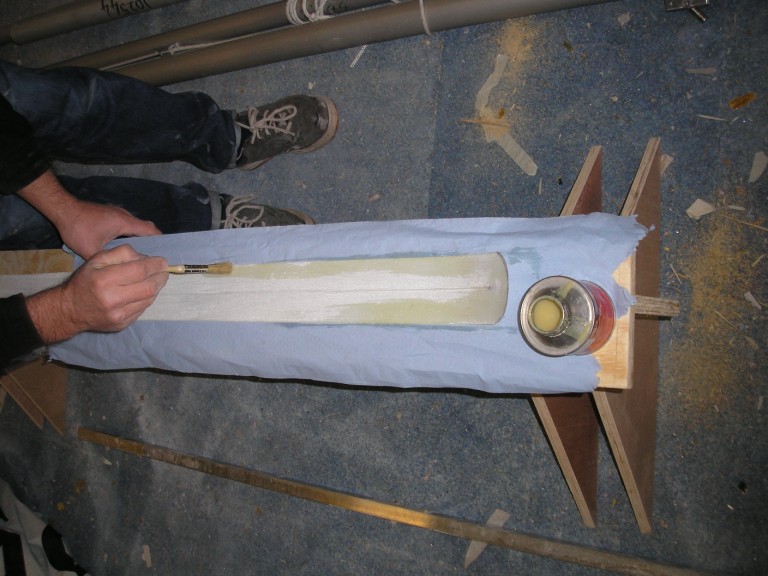
We use a good contact adhesive to fix new gasket; it’s a lot less messy than sikoflex, gives just a good bond and does not leave so much material when replacing the gasket in the future. Coat both the underside of the gasket and recess with adhesive. Then carefully put new gasket into recess, attaching from the front back pushing down a small area at a time taking care to ensure the gasket is lining up correctly. Once in position run over whole gasket to ensure its firmly attached in all areas. Tape the gasket down firmly so it is held in place whilst the adhesive is curing.
